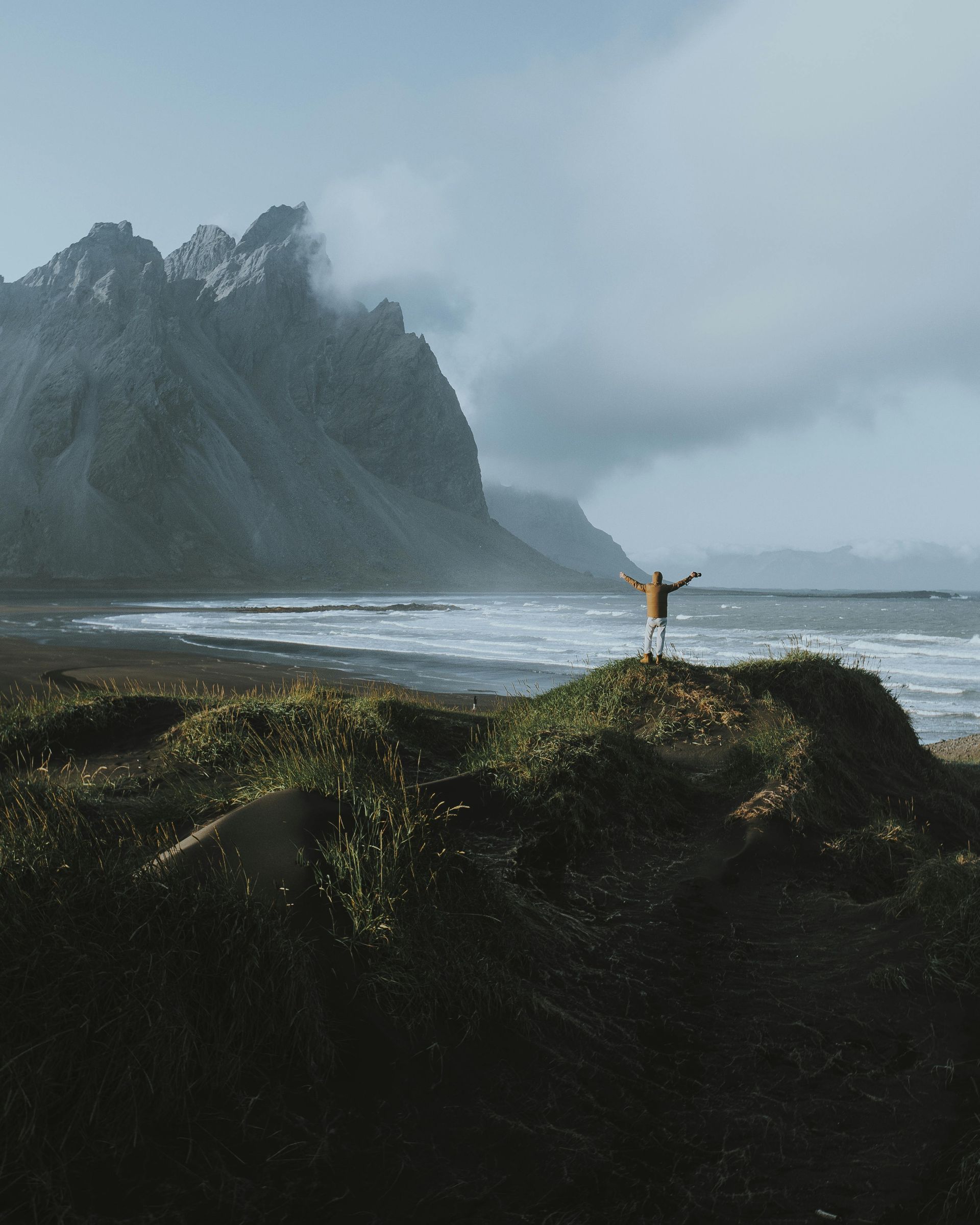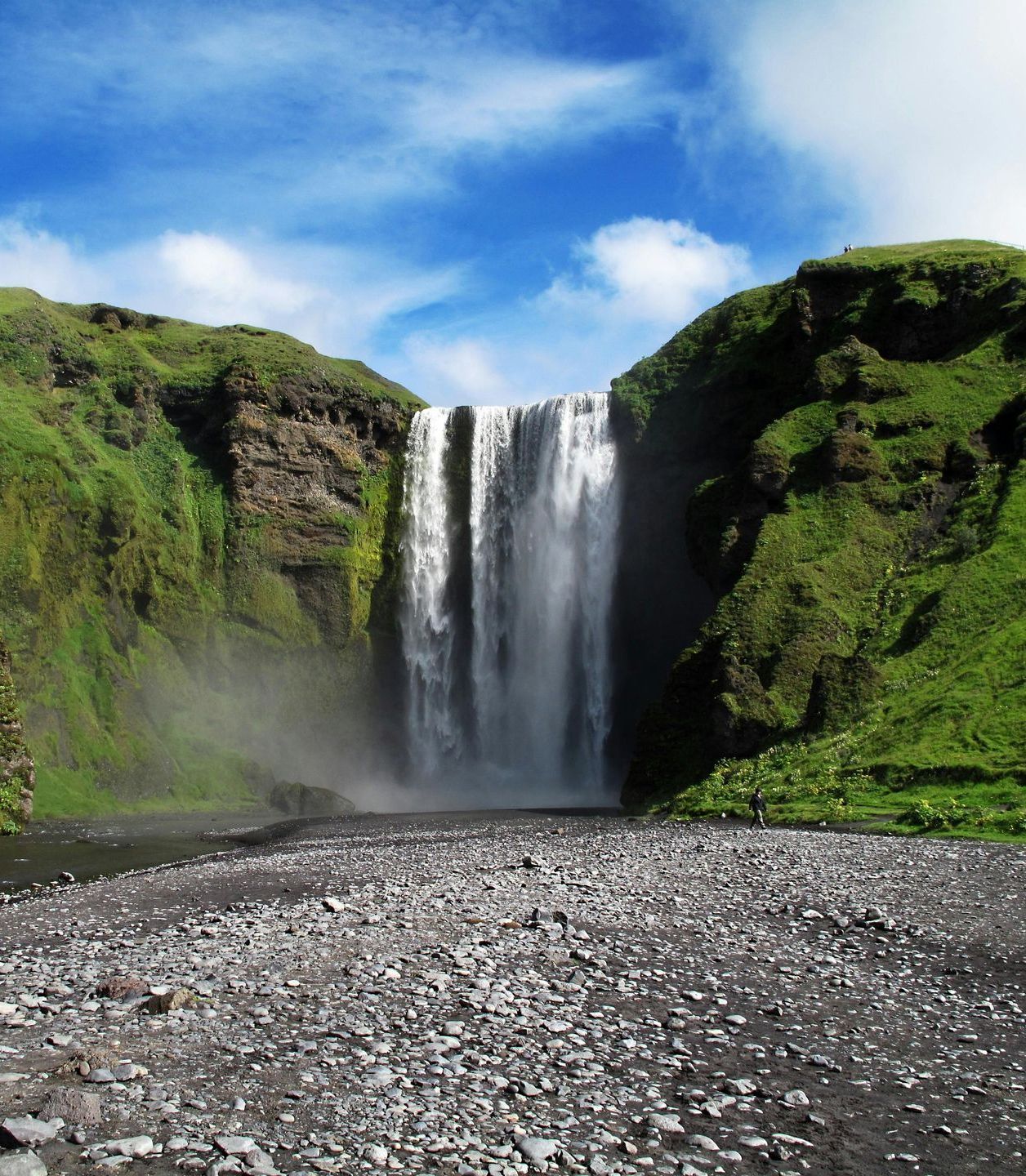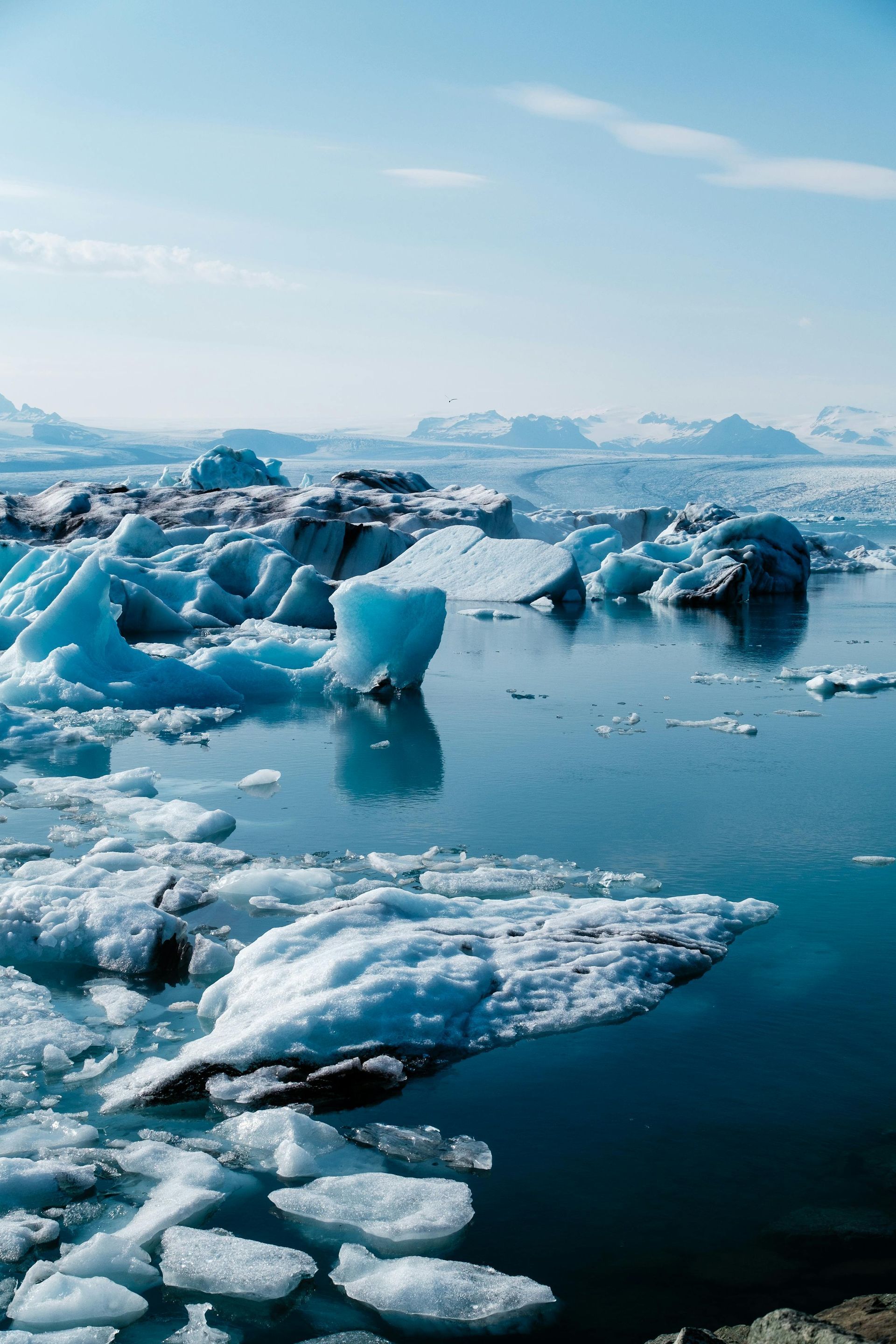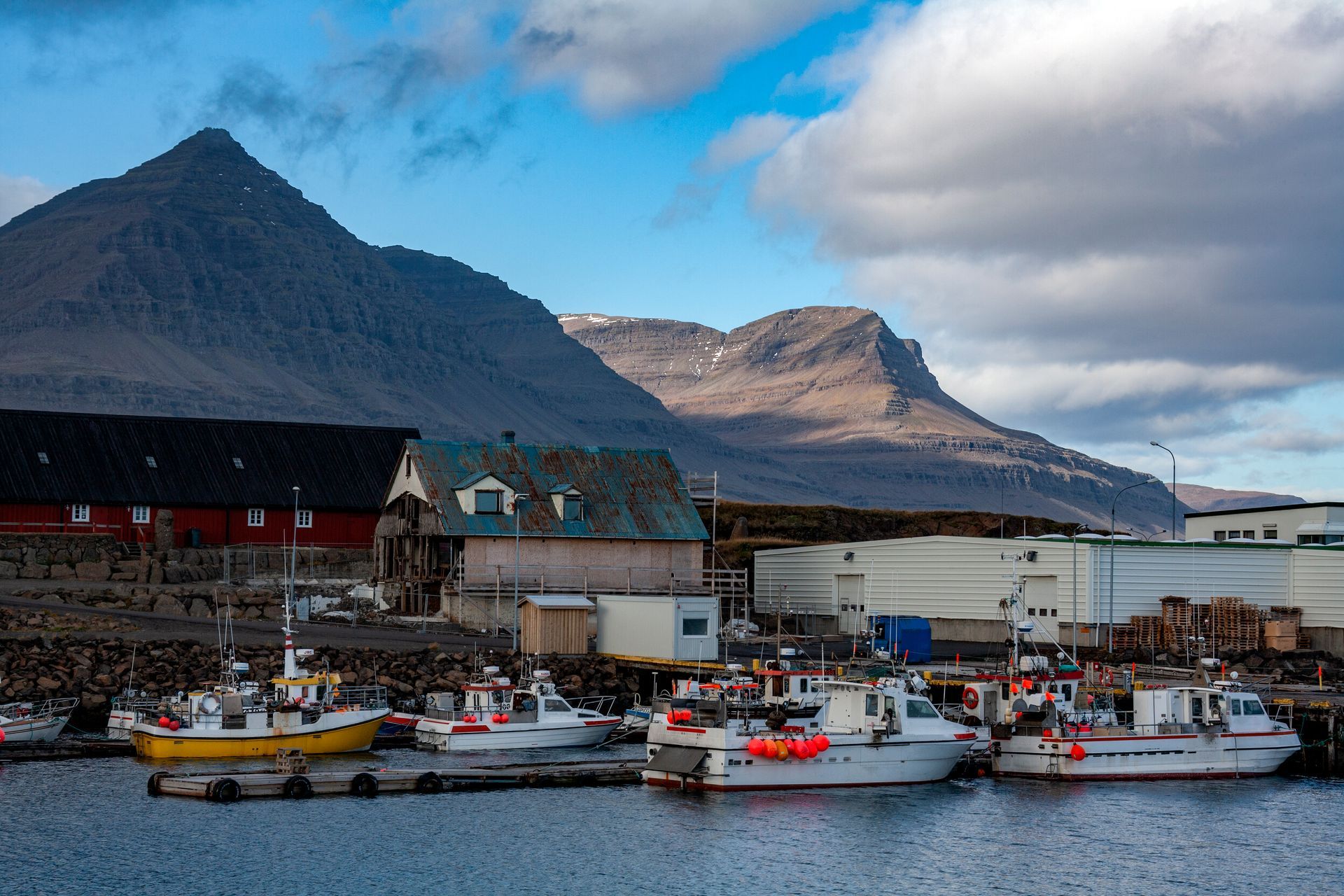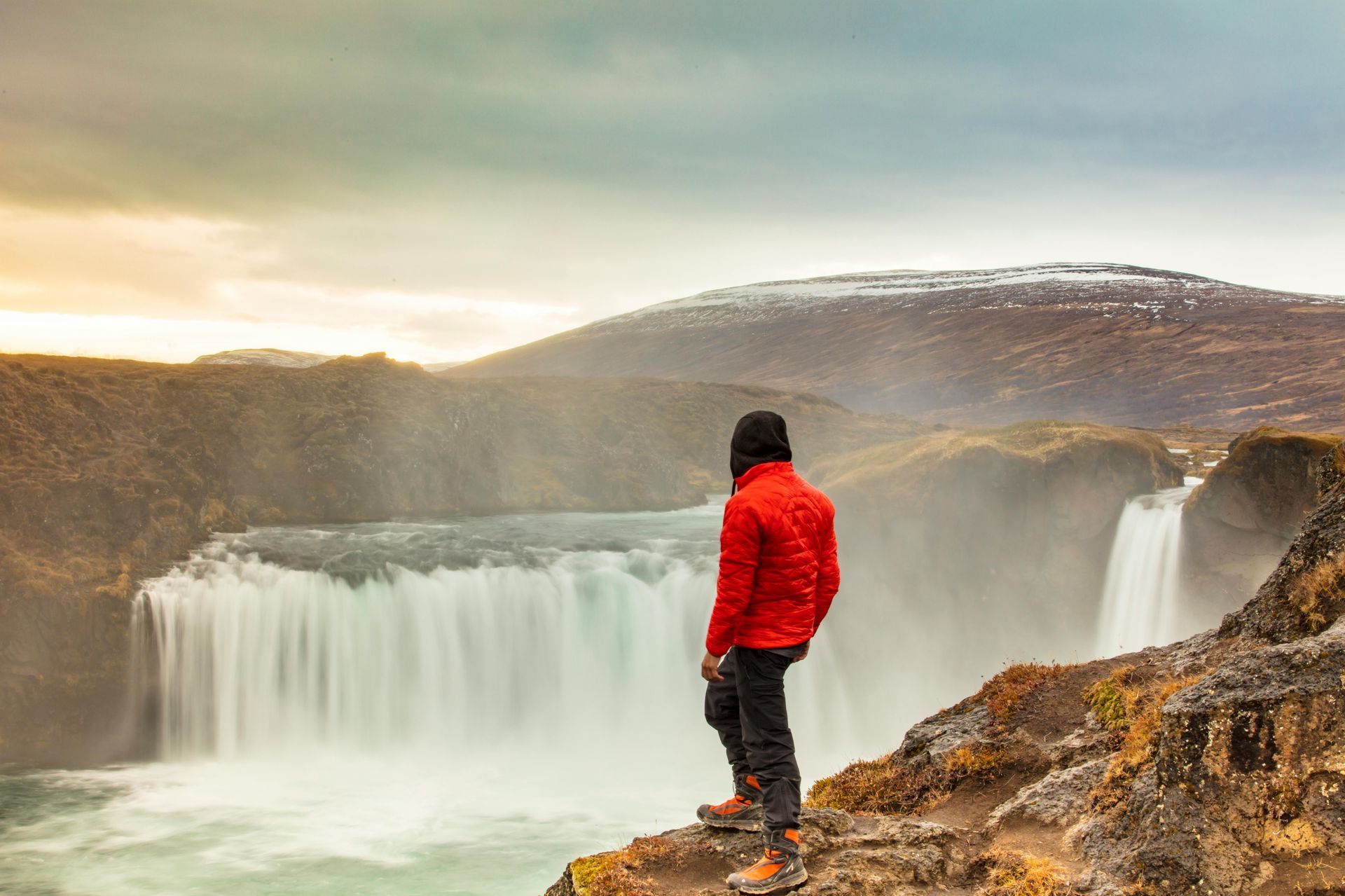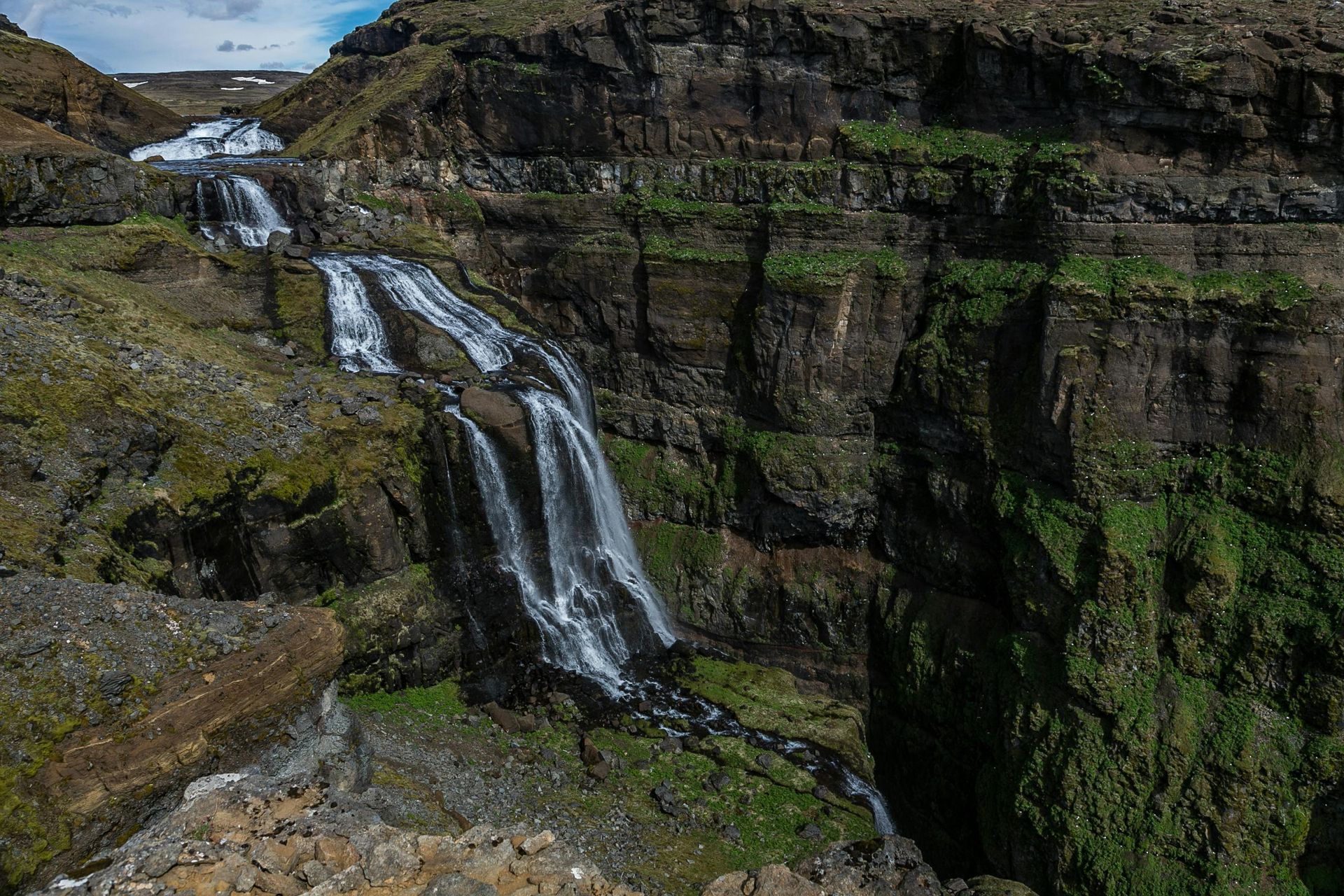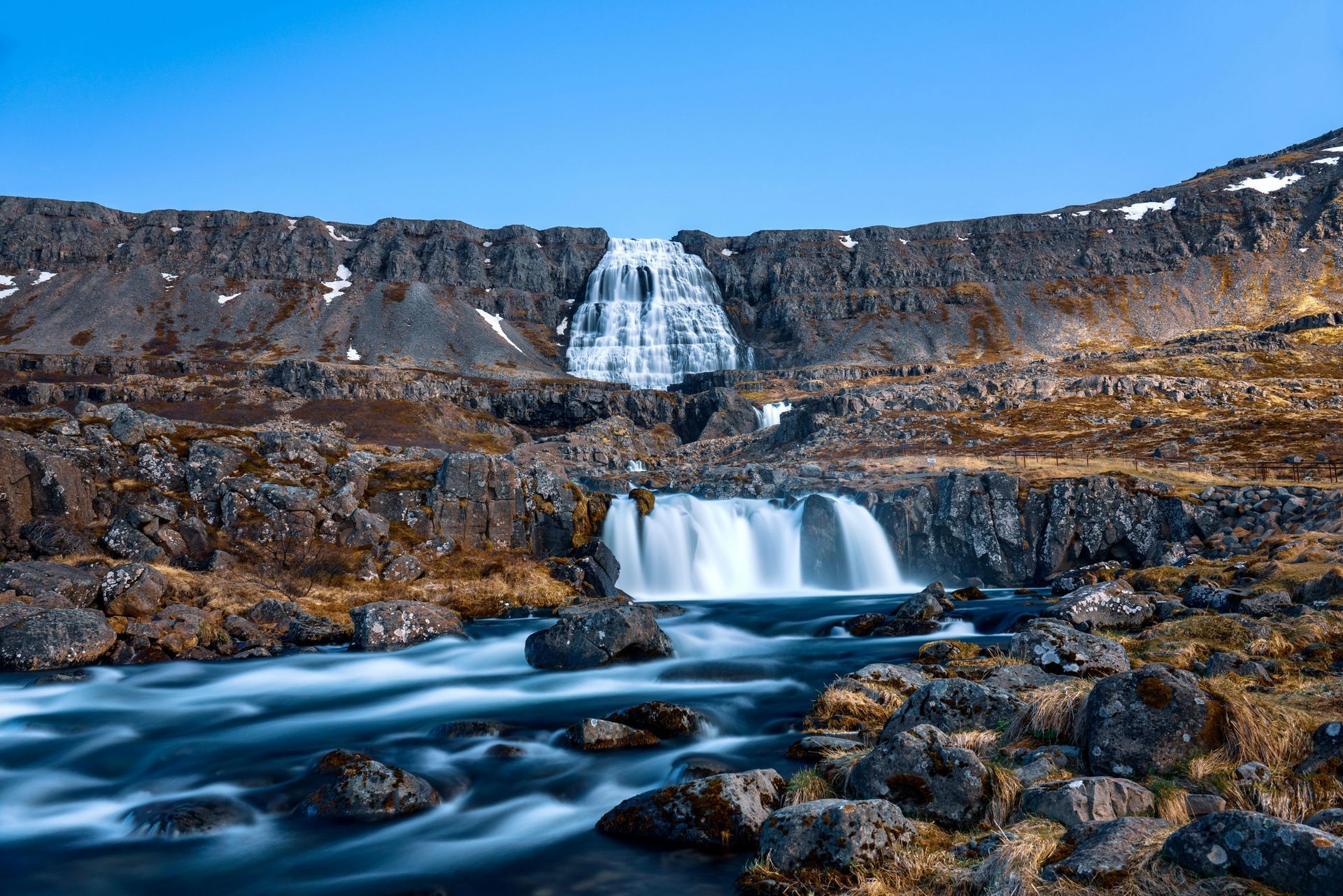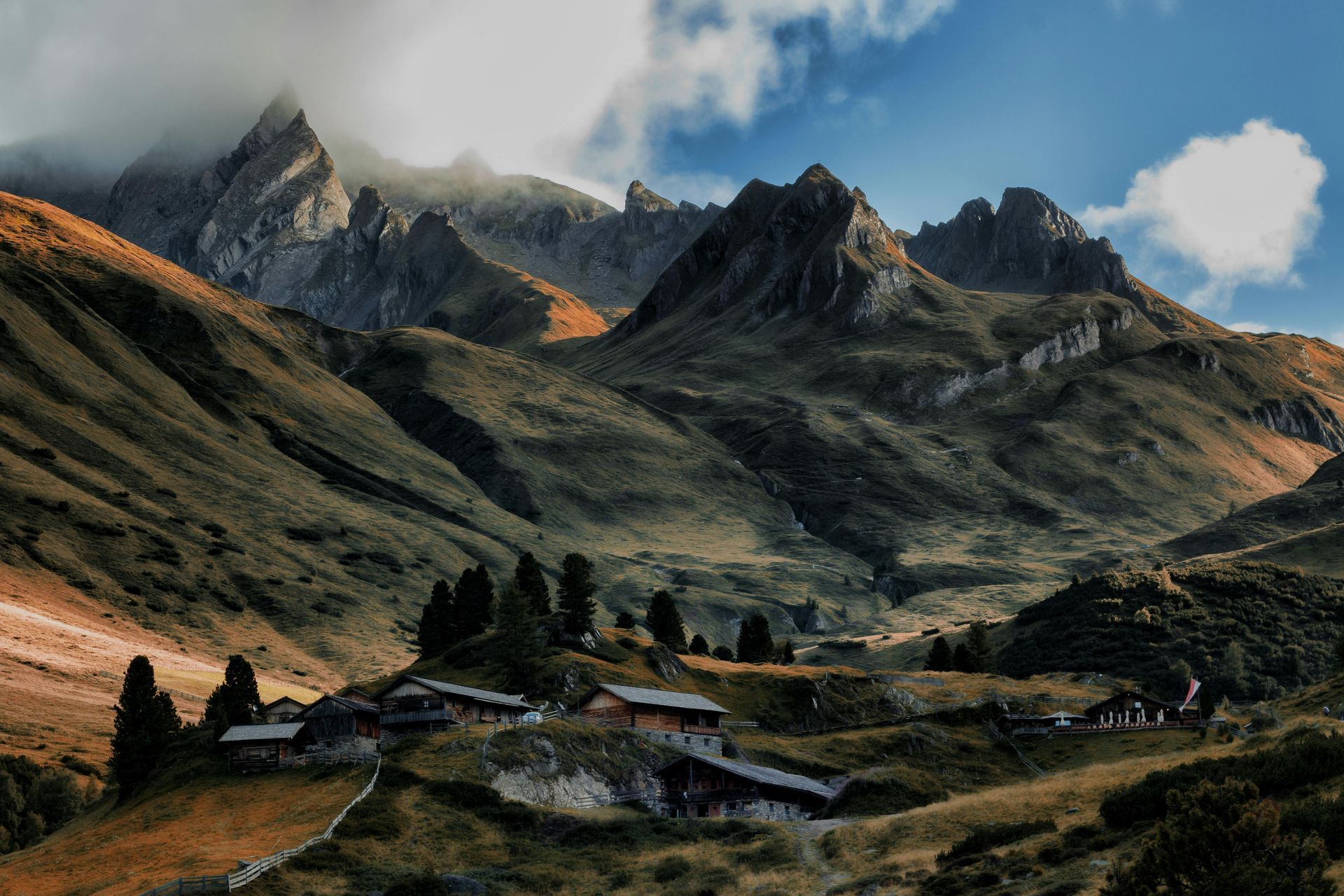Activities in Iceland in Summer
There are countless exciting, and relaxing, activities to choose from during your Iceland visit. For summertime, Vala Adventure recommends the following activities in Iceland.
Adrenaline Activities in Iceland
If you’re looking for some speed and action, then there are several snowmobile and quad bike tours you can choose from. On a nice and sunny day, the thrill of speeding across the enormous white glacier Langjökull on a snowmobile is an incredible experience. You’ll be given warm overalls so you’re comfortable in the cold temperatures (no matter how sunny it is, it is a glacier after all!), and instructed on how to operate the snowmobile before exploring the glacier in an exhilarating manner.
Quad bike tours are available in several places in the country, where you can speed along black sand beaches or traverse lava fields. Many attractions are accessible with quad bikes, such as the beautiful Þórsmörk valley, or the DC plane wreck on Iceland’s south coast.
If you prefer to explore the countryside in a more eco-friendly way, but still want the speed, then horseback riding might be just the right option. Icelandic horses are world-famous for their special gait called tölt, as well as being small, sturdy and possessing a friendly manner. Horseback riding is possible for absolute beginners, including young children, as well as for experienced riders.
If horses aren’t your thing, then perhaps you’d prefer going on a bike tour. There are several bike tours to choose from, such as E-bike tours from Hveragerði.
River rafting is available in parts of the country, ranging from easy grade 2 rivers that are suitable for an exciting family trip, up to more challenging grade 4 rivers for the adrenaline seekers.
For more action we recommend helicopter skiing. Although conditions are more favourable for skiing in the wintertime, the season runs until June in the north of Iceland.
Exploring Caves in Iceland
With all the volcanic activity that takes place in Iceland, there are hundreds of caves and lava tunnels in all sizes and shapes in the country. On top of that, the glaciers are constantly changing, and offer impressive ice caves to explore, each one different every year.
The lava caves mostly stay the same, although they could always open up more, or close depending on the volcanic activity. There is one place in Iceland where you can literally explore the insides of a volcano, by descending into a large (empty) magma chamber. This is the tour Inside the Volcano, at the Þríhnjúkagígur volcano, which comes highly recommended.
Another impressive cave to explore is the Lava Tunnel Raufarhólshellir. Here you’ll be walking through one of the longest lava tubes in Iceland, situated only a 30 minute drive from Reykjavik. Both of these caves offer beautiful and colorful surroundings, and are easily accessible for people of all ages.
The ice caves however are constantly changing, and even changing their location. Each year local guides go out in search of the most beautiful glacier ice caves. Most of the ice caves exist in wintertime, but there are also beautiful natural ice caves to visit in the summertime, in the Katla area in south Iceland.
The Langjökull ice tunnel is also accessible all year round, which is a man-made tunnel in Iceland’s second largest glacier.
Hiking Routes in Iceland
Exploring Iceland on foot is one of the best ways to take in the surrounding landscape, and there are hiking routes available in all parts of the country, ranging from easy, flat trails of only a few minutes up to routes that take several days to complete.
Glacier walks are a fantastic activity in the summertime, where you are guided around cracks and crevasses in the ice, kitted out in full glacier gear with crampons, a harness, ice axe and a helmet. Sólheimajökull glacier in the south of Iceland offers glacier walks and glacier climbing or abseiling tours for all levels.
If you just want to do some easy strolls, then we’d recommend doing so in Þingvellir National Park, which is a part of the Golden Circle. There are several trails there with information about the geological and historical significance of the location. You can also hike up to the top and around the rim of Víti Crater, which is often included in the Golden Circle tour.
Another easy, and popular crater to stroll around is the Grábrók Crater, which is less than 560 feet (170 meters). This crater is situated in the west of Iceland, and often included in a tour of the Snæfellsnes peninsula.
If you’re traveling in the southeast of Iceland, then there are several beautiful hiking routes in the Skaftafell Nature Reserve, such as to Svartifoss waterfall.
One of Reykjavik’s most popular hiking destinations is Mt Esjan. It’s quite strenuous trekking to the top, and requires a little bit of scrambling over rocks but you can go on an exciting via ferrata tour to Fálkaklettur, which is an easy and safe activity that’s exciting for the whole family.
2-4 hour hikes in the vicinity of Reykjavík include walking to the second largest waterfall in the country, Glymur, or to a natural warm river that you can bathe in, Reykjadalur.
For something different, we’d recommend a ride in a tractor-drawn hey cart at the cape Ingólfshöfði, to go bird-watching and do a 1,5 hour guided hike.
Longer hikes are of course available, such as the 10 hour long day hike over Fimmvörðuháls, from Skógafoss waterfall to Þórsmörk, crossing a glacier and passing about 50 waterfalls. And from there you can continue with a 3-4 day hike called Laugavegurinn, which is one of Iceland’s most popular walking trail.
Water Activities in Iceland
Iceland has countless water based activities, since the country is surrounded by the ocean, contains hundreds of waterfalls, numerous hot springs and plenty of lagoons and lakes.
Whale watching is a popular activity, and whale watching tours are available from several towns and cities. Húsavík is a small town in the north of Iceland that’s known as the whale watching capital of the country, and you can choose from several different whale watching tours to admire the gentle giants of the sea. There are also tours available from the largest city in the north, Akureyri, as well as from the country’s capital in the south, Reykjavík.
Another boat tour that’s worth going on is exploring large icebergs from a Zodiac boat at Iceland’s largest glacier lagoon, Jökulsárlón in the southeast of the country. The small and inflatable boat can get up-close to the gorgeous blue ice, and you’re also likely to spot some seals on your tour.
It’s also possible to explore glacier lagoons in a kayak, so we recommend an exciting kayaking tour at Sólheimajökull glacier lagoon. Kayak tours are also available out at sea or going down rivers, and can be mixed in with river rafting tours.
If you dare to embrace the cold, then Iceland also boasts some of the best diving and snorkeling locations in the world. Silfra at Þingvellir is an underwater rift between tectonic plates, where the water is so clear that the visibility can exceed 300 feet (90-100 meters). Don’t worry, you will be provided with a warm drysuit before plunging into the cold fissure, where the water temperature stays at a chilling 35-39°F (2-4°C) all year round. You might still feel the cold on parts of your body!
For something a bit hotter, you can head to the town of Hveragerði in the south of Iceland. This is a town known for its many hot springs, and you can actually go hot spring cooking in the midst of the town! Hot spring cooking in Hveragerði includes boiling eggs directly in the hot spring, as well as baking bread by burying it in the hot ground.
Relaxing Activities in Iceland
Speaking of hot springs, then the most relaxing activity, and an absolute must do, is bathing in one of the lagoons around Iceland. There are several spas, pools, lagoons, hot springs and even rivers and waterfalls to choose from.
Some of the more upscale spa resorts include The Blue Lagoon, The Sky Lagoon, The Secret Lagoon, Mývatn Nature Baths, Laugarvatn Fontana, Krauma Baths, Hvammsvík Baths, Geosea Geothermal Sea Baths, Vök Baths and The Forest Lagoon, with more being added frequently. These locations are often quite luxurious, and may feature a bar and/or a restaurant as well as optional massages or hotel stays. They are as varied as they are many, but will come with a quite hefty price tag.
There are also natural hot springs, and rivers, that are accessible to bathe in. Those are harder to reach, and may often be reached only by foot. Additionally, there are no showers, bathrooms or changing facilities, and certainly no restaurants to offer food or beverages. But the natural beauty is charming, and there is no fee to enter.
The most local, the easiest and the most affordable option is any of the (many!) public swimming pools that can be found in every village in Iceland. Reykjavík alone has about 20 swimming pools! And these pools would probably be considered spas anywhere else in the world. Frequently they will boast a large swimming pool, either an indoor or outdoor one, plus several hot tubs, a cold plunge, a sauna and a steam room. Some have fun slides to play in, others have infinity edges and views to die for. Be sure to check out your local pool wherever you end up staying in Iceland
